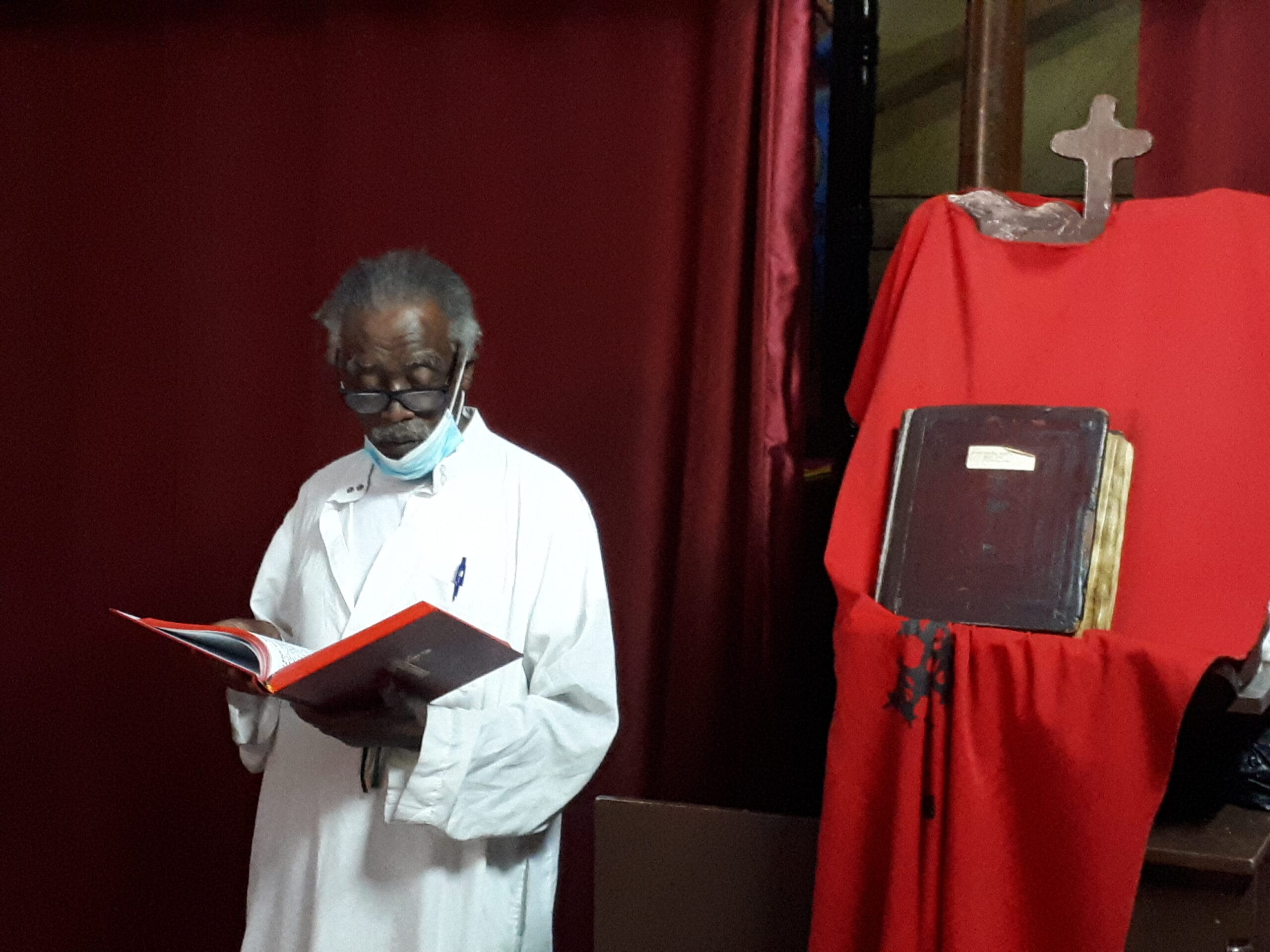
On this tour, we will traverse Jerusalem to discover the profound and deep-seated connections between Ethiopia and the Land of Israel that go back three millennia to King Solomon and the Queen of Sheba in Biblical times.
We start our tour at the New Gate from where we enter the Christian Quarter of the Old City and walk down to the Patriarchate of the Ethiopian Orthodox Tewahedo Church. Here we will meet with a local monk and hear a bit about this ancient Christian tradition that claims to be the first nation in history to convert to Christianity. The church is intimate and covered with paintings that relate the story of how Christianity arrived in Ethiopia.
From here, we will walk up to the roof of the Church of the Holy Sepulcher, where we will discover that there is an Ethiopian “village”, comprised of small huts, incongruously located on the roof of Christendom’s holiest site. Known as Dir al Sultan, if we are fortunate and receive the permission of one of the local residents, we will quietly enter into this shared compound to visit the site where, according to Ethiopian tradition, Abraham bound Isaac for the sacrifice. Before we continue from this location, we will explain how this compound relates to two centuries of conflict and resentment between the Ethiopian and Egyptian Coptic churches.
We continue down a flight of stairs through the Ethiopian Chapel of St. Michael leading to the courtyard of the Holy Sepulcher. We will stop here to discuss the large painting that depicts the Queen of Sheba on her visit to Jerusalem to meet with King Solomon. From this visit was born King Menelik, the first king of Ethiopia, whose dynasty ruled Ethiopia for almost three thousand years until 1974! We descend one more level where we will see a painting of the archangel St. Michael who is considered an intercessor who carries prayers to God’s throne in addition to his virtues as a courageous warrior who fights the forces of evil.
From here, we enter the Church of the Holy Sepulcher for a short visit that includes the Golgotha, the site of Jesus’ crucifixion, and the magisterial rotunda that houses the sepulcher where he was interred and resurrected on the third day. Following our visit to the Holy Sepulcher, we depart the Old City through the Jaffa Gate and climb up to Zion Square in the New City where we will have a traditional Ethiopian meal served on the spongey injera flat bread made of the nutty teff grain common to Ethiopia and Eritrea.
Following lunch, we will walk up to Ethiopia Street to the Kidane Mehret (Covenant of Mercy) Ethiopian Church completed in 1893. The church is comprised of three concentric circles, with the Holy of Holies or meqdes in the middle. The Church is part of an active monastery called Debre Genet (The Garden of Eden) and is the most important church for the large Ethiopian Christian community residing in Jerusalem. Here we will take the opportunity to discuss the many surprising similarities and connections between the Ethiopian Orthodox Tewahedo Church and Jewish tradition, including circumcision, prohibition of pork, and even holidays.
Lastly, we will walk down Ethiopia Street to Nevi’im Street and end our tour facing two buildings – one for Ethiopian pilgrims and the other, which was originally the Ethiopian consulate in Jerusalem. The consulate building is adorned with a beautiful mosaic of a lion symbolizing the Solomonic dynasty. Haile Selassie, the last king of Ethiopia, stayed here for several weeks after his country’s invasion by Italy in 1936. From here he continued to London until 1941 when he was able to return to Addis Ababa.
For Questions, Contact Dr. Eyal
At 053-3328322
Sign up to our mailing list and receive our newsletter with updates on upcoming tours, lectures, workshops, and courses.


